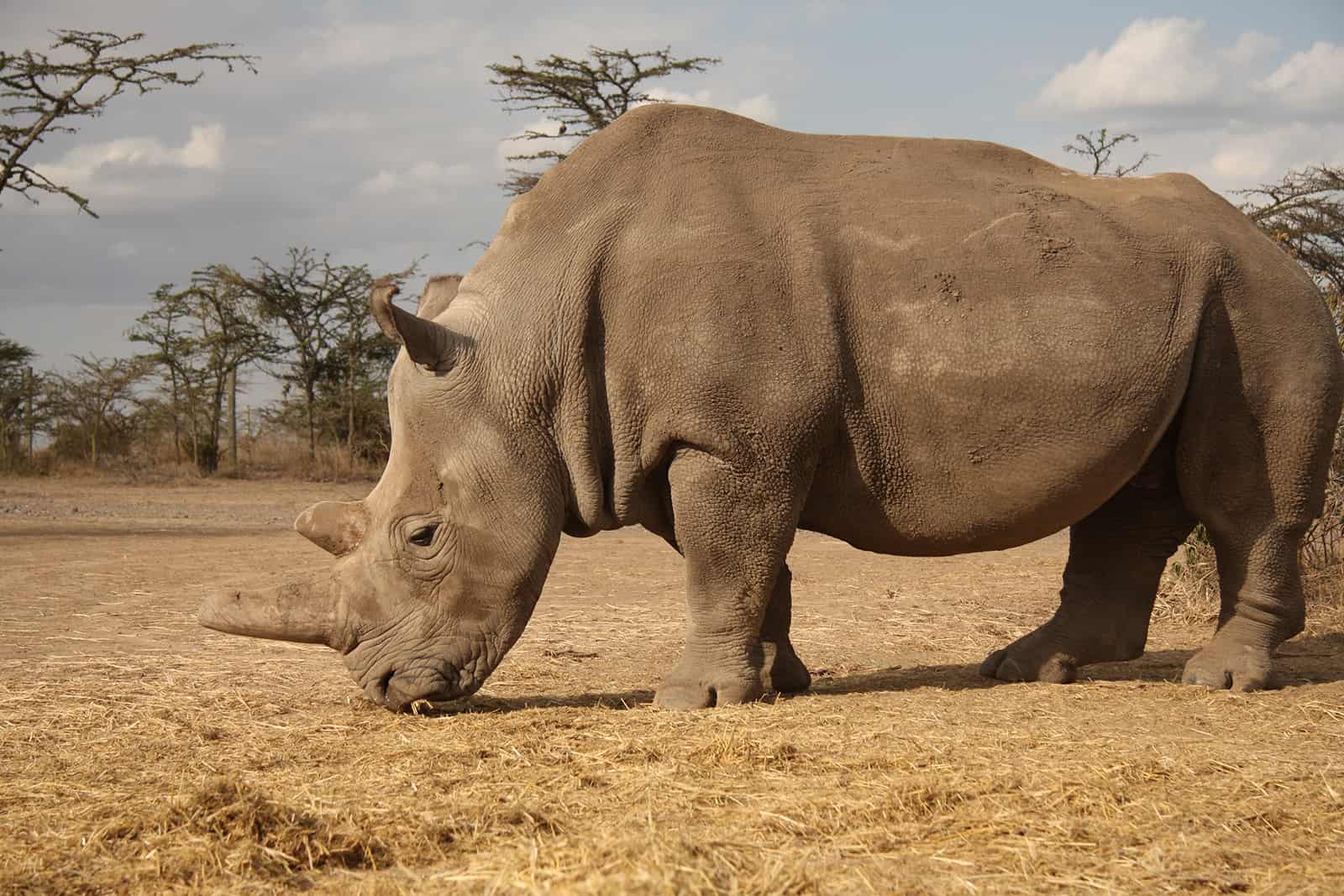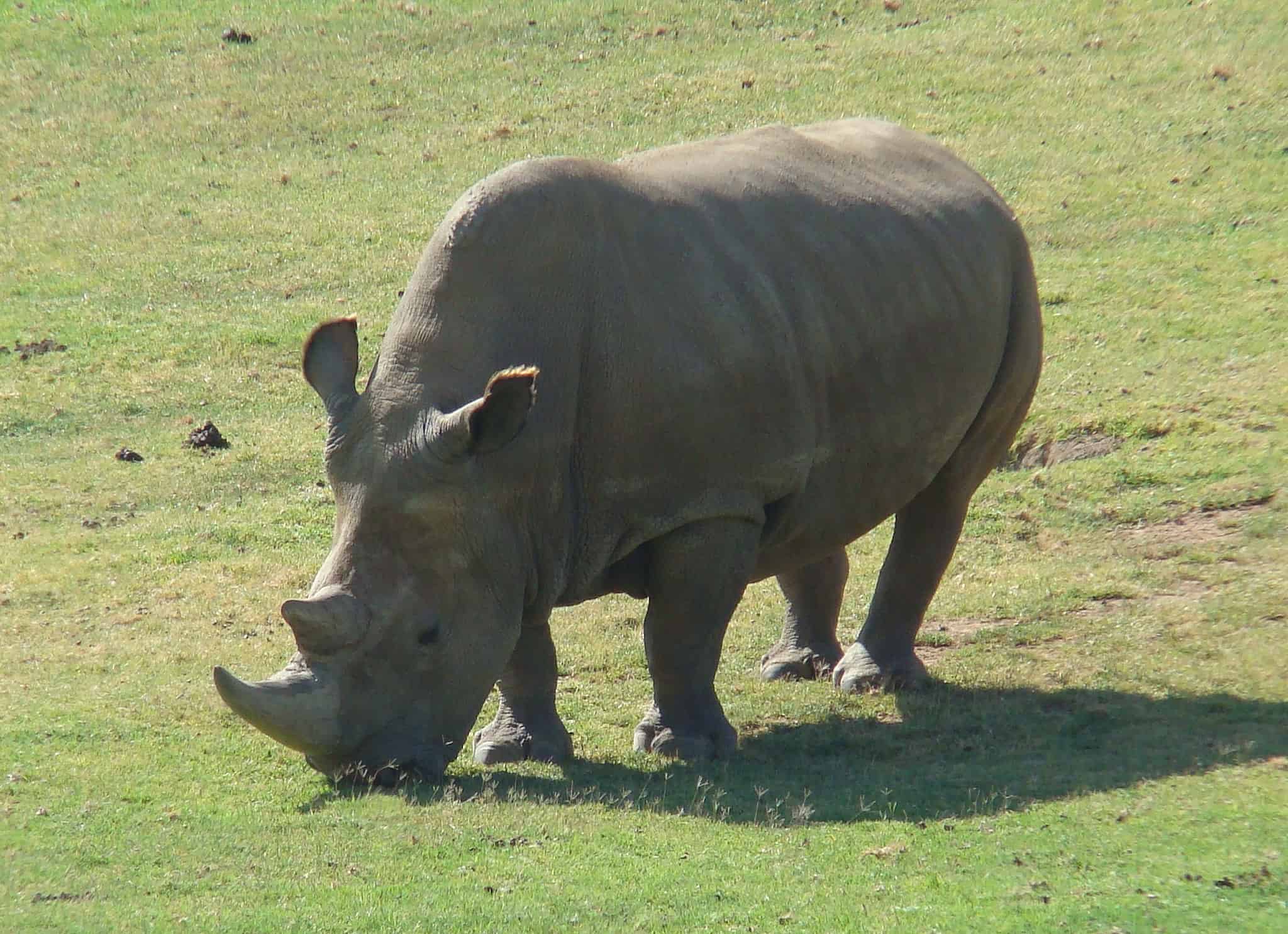
A major advance in fertility science has sparked hope of rescuing the northern white rhino, a species teetering on the edge of extinction with just two individuals left on Earth.
In a world first, researchers from BioRescue — an international consortium of scientists and conservationists — have successfully achieved a rhino pregnancy through in vitro fertilization (IVF), implanting a laboratory-created rhino embryo into a surrogate mother. This milestone was accomplished using southern white rhinos, a sub-species closely related to the northern whites and a conservation success story in their own right, setting the stage for future efforts with northern white rhino embryos.
“The embryo transfer technique is well established for humans and domesticated animals such as horses or cows,” said Thomas Hildebrandt, director of the Leibniz Institute for Zoo and Wildlife Research, who led the study, and head of the Biorescue Consortium.
“But for rhinos, it has been completely uncharted territory and anything from the approach over procedure protocols to required equipment had to be invented, developed, tried and tested to be safe for use.”
It is truly an international collaboration. On September 24, 2023, Curra, a southern white rhinoceros chosen as a surrogate mother at the Ol Pejeta Conservancy in Kenya, received two embryos. The eggs utilized to create the embryos were taken from Elenore, a southern white rhinoceros housed in Belgium’s Pairi Daiza Zoo. Fertilization sperm was obtained from the male Athos housed at the Zoo Salzburg in Hellbrunn, Austria.
At Avantea’s laboratories in Cremona, Italy, the oocytes from Elenore were fertilized in vitro using intracytoplasmic sperm injection (ICSI) and developed into blastocysts. BioRescue scientists transferred two embryos for embryo transfer in Kenya to improve the likelihood of a successful outcome.
“With this successful embryo transfer, the BioRescue team has fully opened the way to the first northern white rhino calf to be born through artificial reproduction,” said Jan Stejskal, the BioRescue project coordinator at Safari Park Dvůr Králové.
“As always, first we wanted to prove that our approach works with southern white rhino genetic material, as it is more available. By mastering this step, we can now use a northern white rhino embryo for the first time in embryo transfer.”
Why are northern white rhinoceros driven to extinction?
The illegal poaching of northern white rhinos, which was once common throughout central Africa, has wreaked havoc on them due to the demand for rhino horns. Today, only two females, Najin and her daughter Fatu, survive. Both are kept under strict security at Kenya’s Ol Pejeta Conservancy. Incapable of natural reproduction, the species is technically extinct. But the Biorescue team is harnessing intriguing fertility science to pull these animals back from the brink.
The journey to create and transfer a rhino embryo has been fraught with challenges, including extracting eggs and pioneering IVF techniques. So far, the BioRescue team has performed 13 embryo transfers in rhinoceroses: three in Kenya and 10 in Europe.
Tragic events, however, hampered the progress. Seventy days into the pregnancy, the surrogate mother Curra succumbed to a deadly soil bacteria, Clostridia. Despite this, the pregnancy proved the viability of rhino IVF, setting the stage for trials with northern white rhino embryos.
“All endeavors have setbacks, and we have had our share of setbacks, but we are here today to proclaim that we have done something never done before,” said Cesare Galli, CEO of Avantea Laboratories. “We can today confirm that DNA testing proves that the embryo we transferred into the uterus of the southern white female rhinoceros, Curra, had developed into a healthy well well-developed male fetus.”
Currently, 30 northern white rhino embryos, created from eggs from Fatu and sperm from deceased males, are preserved in liquid nitrogen in Germany and Italy. These embryos represent the future of the species.
The Biorescue team aims to implant these embryos soon, hoping for a birth while Najin and Fatu can do so.
“It took many years to get it right and we are overwhelmed that we now have proof that this technique works perfectly,” Hildebrandt said. “It is bitter that this milestone is confirmed under such tragic circumstances with the death of the surrogate Curra and her unborn calf, but I am certain that this proof of concept is a turn of the tide for the survival of the northern white rhino and the health of Central-African ecosystems.”










